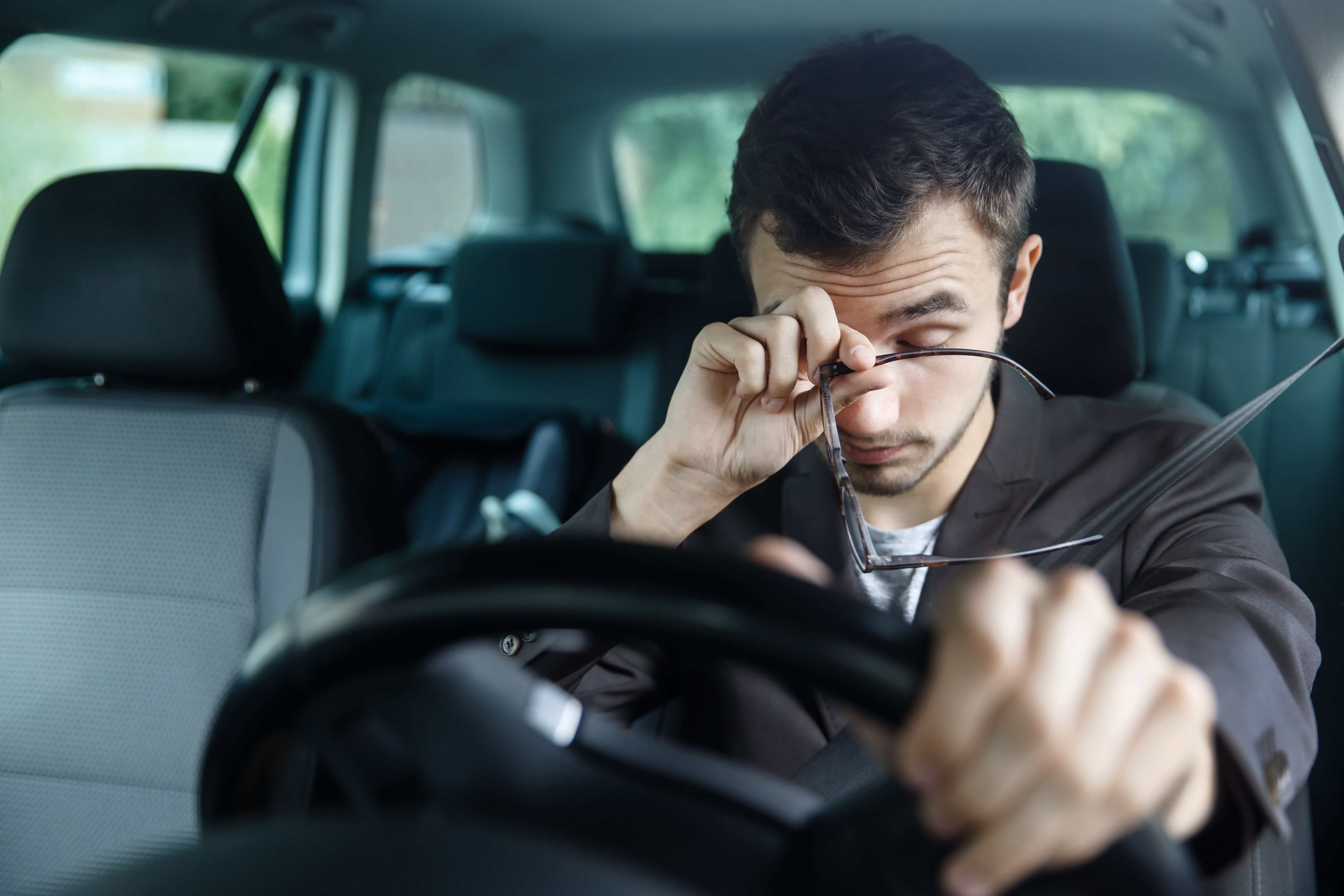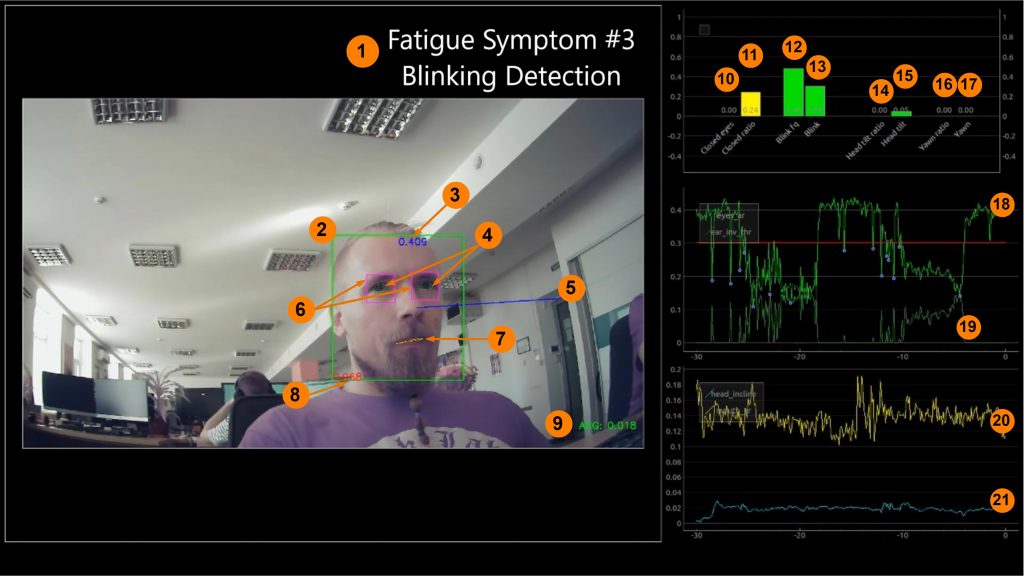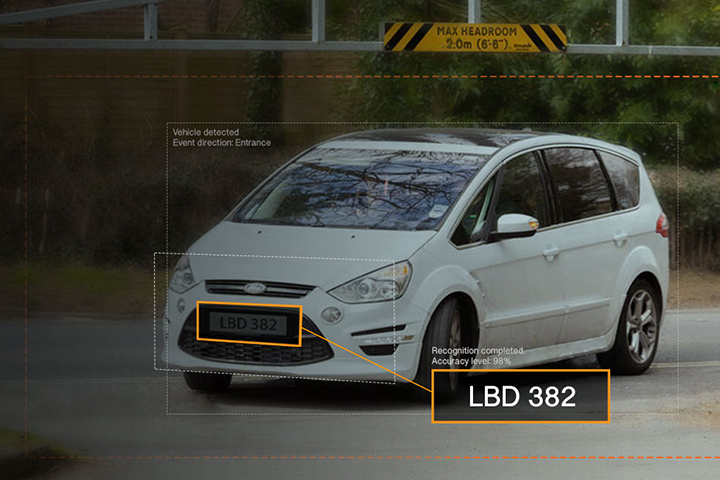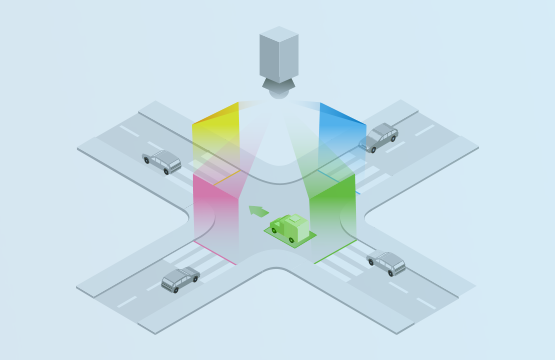Real-time Fatigue Detection for Driver Monitoring Systems

Fatigue is a major factor causing road fatalities. With the aim of enhancing Driver Monitoring Systems with fatigue detection module, our R&D engineers have developed a custom computer vision algorithm that assesses the driver’s drowsiness based on a number of factors. Read more to discover how we quantified fatigue to alert the driver when they are at the risk of driving tired.
Why Enhanced Safety is Critical to Automotive Industry
As self-driving technologies are transforming the automotive industry, enhanced safety features become crucial for car manufacturers to stay competitive. This is due to the fact that Transportation along with Construction, Manufacturing, and Utilities is a safety-critical industry in which the consequences of failure or malfunction are usually injury and lasting damage or even loss of life. These industries are at higher risk for fatigue-related incidents and injuries than industries overall.
Driver Monitoring Systems play a pivotal role in reducing incidents in safety-critical industries, especially in the automotive industry. Today’s post will cover how our Computer Vision engineers approached the fatigue detection task to manage the risk of drowsy driving.
Managing Driver Tiredness with Fatigue Detection
Fatigue Symptoms
Abto fatigue detection algorithm is a camera-based computer vision technology that assesses driver alertness by monitoring the set of symptoms shown in the table below.
| Fatigue Symptom | Its Measurable Indicator |
|---|---|
| Sleeping | Shut eyes duration |
| Frequent eyelid closure | Closed eyes ratio |
| Excessive blinking | Blinking frequency |
| Head tilting | Head tilt ratio |
| Yawning | Yawning ratio |
The next video illustrates the work of our custom fatigue detection algorithm. Turn on subtitles to see real-time explanations of how each of the five described symptoms is detected.

See the legend to understand visualization used in the video:
|
|
Tools & Technologies used for Driver Fatigue Detection
- OpenCV
- Python
- dlib
- Deep neural networks (DNNs)
- Facial mapping and facial landmark detection
- Haar cascades



